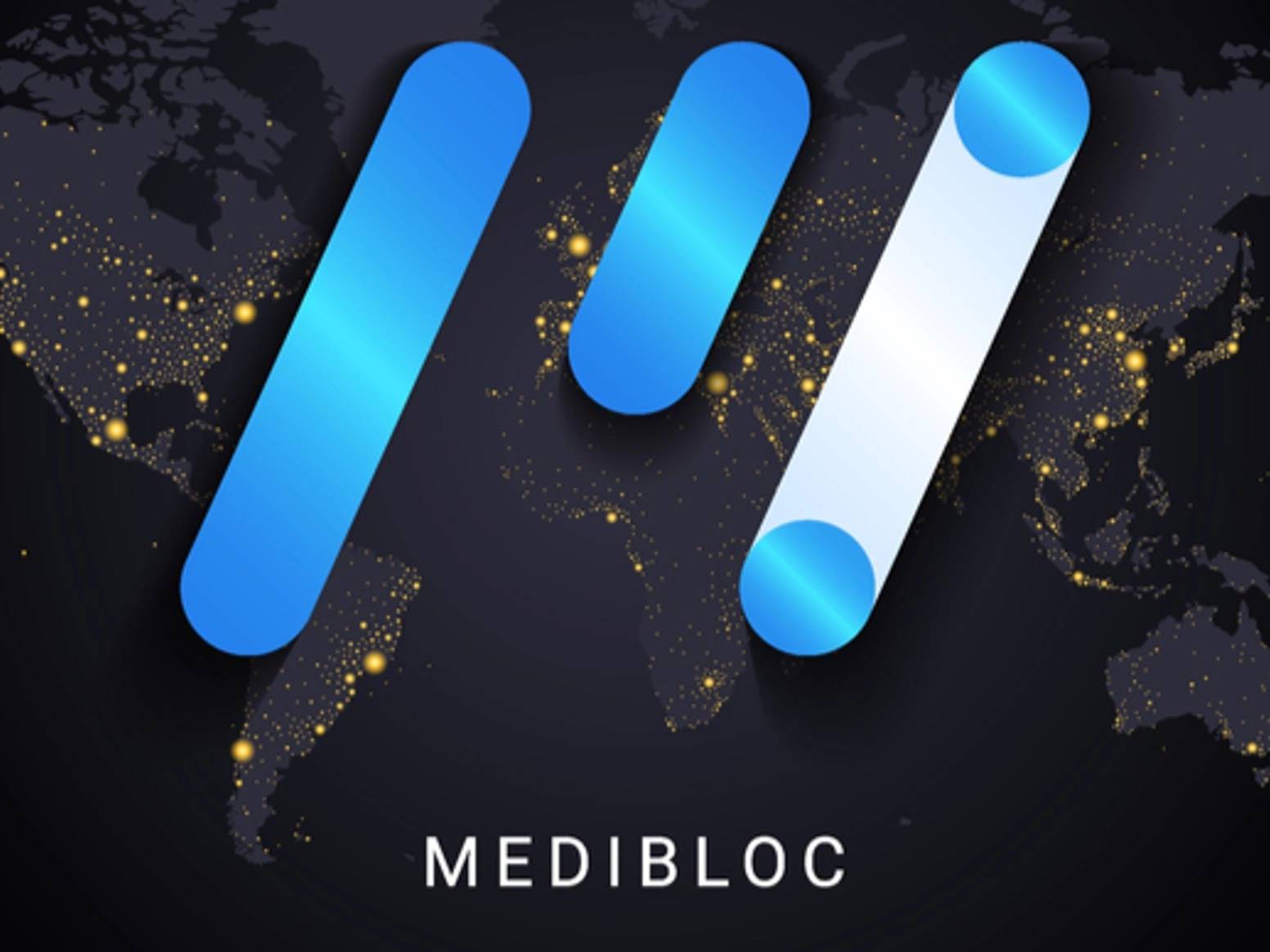Subscribe to wiki
Share wiki
Bookmark
MediBloc
MediBloc
Medibloc (MED) is a decentralized healthcare information ecosystem for patients, healthcare providers, and data researchers, built on blockchain technology.[5][6]
Overview
MediBloc platform is innovative and one of the first of its kind, which has implemented blockchain technologies in the medical field. The developers assure that the platform will be useful for all categories of people associated with Medicine: patients, doctors, suppliers, and so on.
Also, the platform's great advantage is the protection of the patient's personal data, which was easily achieved through the decentralization of data and the exclusion of any intermediaries from performing any operations.
MediBloc follows an open-source protocol and defines itself as a “decentralized healthcare information ecosystem built on blockchain technology for patients, healthcare providers, and researchers.” Its blockchain platform allows it to track and record everything revolving around your healthcare world such as doctors' visits and record updates.
By accumulating all of a patient’s medical history into a single, concise format, reliable, expedited patient care can take place, and individuals can be put in charge of dispersing their own records.[1]
Features of MediBloc
The main goal of MediBloc is to make healthcare data more accessible while stimulating the contents of medical information for the purpose of scientific advancement. Some key features include:
Redistribution of data ownership: MediBloc will put health record data back into patients’ hands and allow owners of data to decide who is allowed to view the documents.
Data loss/fraud prevention: Data is backed up and only reliable healthcare affiliates will have access to edit data. Since modifications of data are transparent to all users on the blockchain, unethical adjustments are highly unlikely.
The ERC20 MED token reward system: This encourages data owners to contribute to the data ecosystem through profit empowerment.
Worldwide data interoperability: Global exchange of real-time information among the medical community will stimulate medical advancement and reduce unnecessary data repetition. Medical staff won’t have to wait for updated information, which will ultimately give you streamlined care with a greater chance of correct diagnosis.[1]
Security: The blockchain protocol being utilized offers increased safety measures to ward off data hacks.
MediBloc coin supply
MediBloc distributed 20% of its tokens to the founding team, 10% to advisors/ early investors, 12% towards business development, 8% towards research, and 50% to participants of the “token generation event” (token sale).[2]
Trading history
According to CoinMarketCap, MED began trading on December 22, 2017, for around $.02, reaching ATH’s of nearly $.35 on January 10th, 2018. At the time of writing, the price of MED is hovering around $0.08, a steep decline that goes along with the present bearish trend of the overall cryptocurrency market.
As the MediBloc platform grows its user base, the value of MED should rise to lead to an increase in price. As with all cryptocurrencies, though, other factors, such as the overall trend of the market, could hinder this growth.[3]
How MediBloc works
The platform is a decentralized app (DApp) formulated on the Ethereum Virtual Machine (EVM). As seen in the image below, three layers create the overall structure of the platform: Core, Service, and Application. In the three layers, the information that will be held pertains to personal information, medical data, and MED account (users, providers, researchers) balance. The MediBloc platform consist of three layers; core, service, and application.[4]
MediBloc Core: Since blockchain storage is limited, the Core layer supplies extra storage to counter healthcare data loss.
MediBloc Service: Using Smart contract technology, this layer connects the Apps layer with the Core layer and allows for “data input/output through connection with the Core layer”.
MediBloc Application: This layer enables people to use various applications (e.g. mobile applications) to access and manage the information.
See something wrong?
